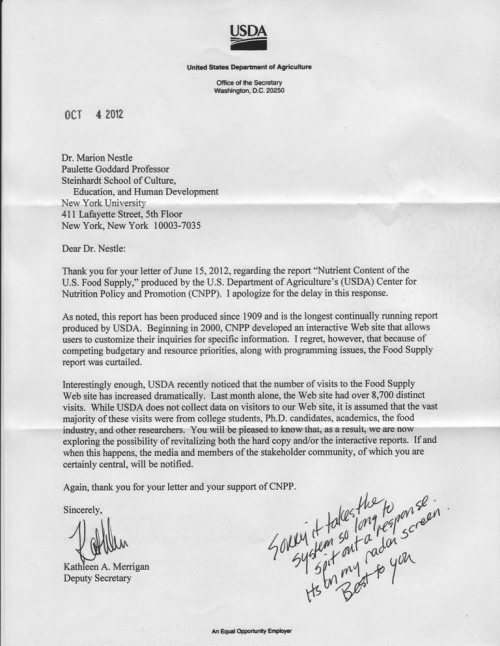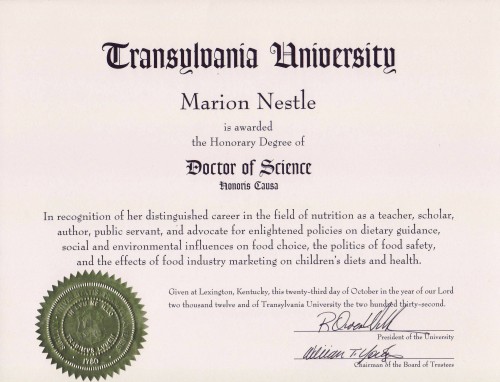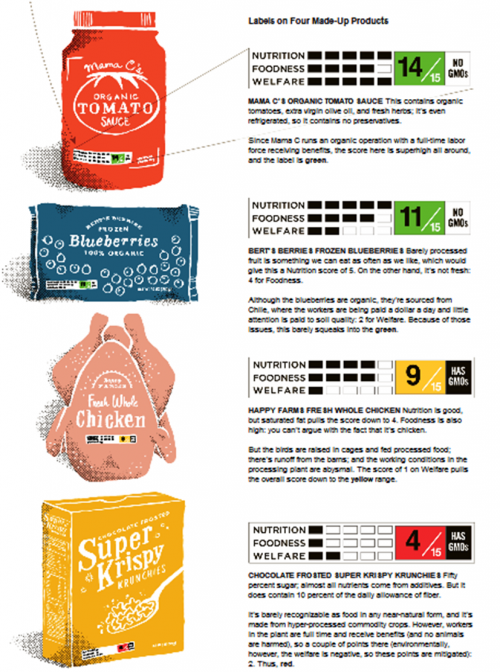Is USDA changing its sugar consumption estimates? Why?
If I weren’t so concerned about USDA’s dropping its data on calories in the food supply (see previous post), I might not have become so alarmed about the New York Times report on the sudden drop in estimates of sugar consumption.

USDA provides data on amounts reported as consumed, from 1970 to 2011.
These have declined, not necessarily because people are eating less but because USDA changed its methods.
According to the Times account:
In e-mails the center obtained through a Freedom of Information request, officials at sugar industry trade groups discussed the benefits of the lower estimate and how they might persuade the U.S.D.A. to make a change that would reduce it even more.
“We perceive it to be in our interest to see as low a per-capita sweetener consumption estimate as possible,” Jack Roney, director of economics and policy analysis at the American Sugar Alliance, wrote in an e-mail on March 30, 2011.
These figures are for reported intake—always an underestimate.
Reported intake is much lower than amounts of sugars available for consumption—amounts produced, less exports, plus imports—always an overestimate (the truth lies somewhere in between).
Food availability figures also indicate declines, but suggest that Americans have access to about 65 pounds a year each of table sugar and corn syrup for more than 130 pounds per year total.
None of these figures is precise. But if the methods for calculation are the same every year, trends should be discernible.
Adjusting for waste introduces new sources of error and makes trends impossible to determine.
The USDA used to re-correct the entire food availability series when making changes in methods. Why aren’t its data collectors doing that now?
We neeed USDA to be keeping up with food availability data. What to do?










